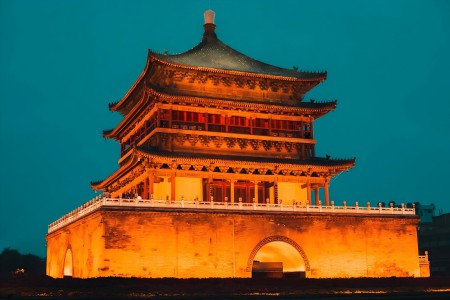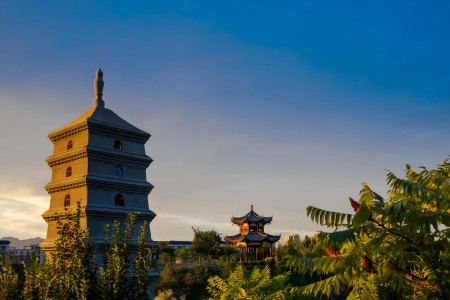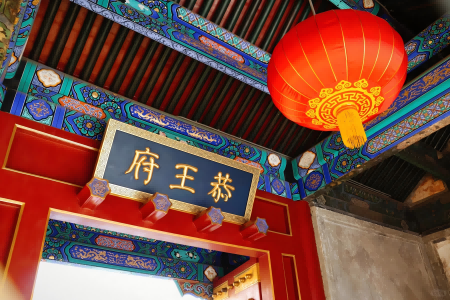Mount Tai (Taishan) in Shandong Province is not just a hiking destination—it’s a living museum of Chinese history, culture, and spirituality. As one of China’s “Five Great Mountains,” Mount Tai has been a place of imperial worship, artistic inspiration, and religious pilgrimage for over 3,000 years. Hiking its ancient paths is a journey through time, offering a deep cultural and historical experience intertwined with stunning natural beauty.
Cultural and Historical Significance
Mount Tai has long been regarded as a symbol of power, stability, and divine authority. Chinese emperors, dating back to the Qin Dynasty, ascended the mountain to perform sacrifices and ceremonies, praying for peace and prosperity. Confucius himself climbed the mountain and is said to have declared, “The world is small” upon seeing the expansive view from the top.
Cultural Highlights Along the Hiking Trails
1. Red Gate (Hongmen) Route: A Walk Through History
a. This classic trail is lined with historical relics, ancient temples, and stone inscriptions. Key landmarks include:Dai Temple (Daimiao): Located at the mountain's base, it’s one of China’s largest temple complexes, featuring Confucian and Taoist architecture.
b. Temple of the God of Mount Tai (Tianjie): A spiritual site where emperors conducted rituals.
c. 18 Bends (Shiba Pan): The steepest section of the climb, symbolizing life’s challenges and spiritual ascension.
2. Historic Stone Inscriptions
Over 1,800 stone inscriptions and carvings can be found along the paths, created by emperors, scholars, and poets throughout history. They range from imperial decrees to literary works, reflecting China’s cultural heritage.
3. Ancient Temples and Shrines
a. Bixia Temple: Near the summit, dedicated to the Taoist goddess Bixia Yuanjun, known as the "Heavenly Daughter."
b. Jade Emperor Temple: A Taoist shrine on the summit honoring the highest deity in Chinese mythology.
Best Time to Visit
Spring and autumn are ideal for enjoying the mountain’s cultural sites, enhanced by blooming flowers or vibrant autumn foliage. Festivals like the Mount Tai International Climbing Festival in September also offer a lively cultural atmosphere.
Tips for Cultural Hikers
● Hire a Local Guide: Learn the history behind the inscriptions and temples.
● Respect Sacred Sites: Follow temple etiquette when visiting religious landmarks.
● Explore the Museums: Visit the Mount Tai Museum in Tai’an City for deeper historical context.
If you're planning an unforgettable trip, we have carefully designed multiple China tour itineraries to meet different needs and interests.contact us to learn more and customize your perfect China adventure.
Related Posts
Create Your Customized Trip
Take about 2 minutes to fill the form to tell us how you like to travel, and get a reply within 1 working day.







